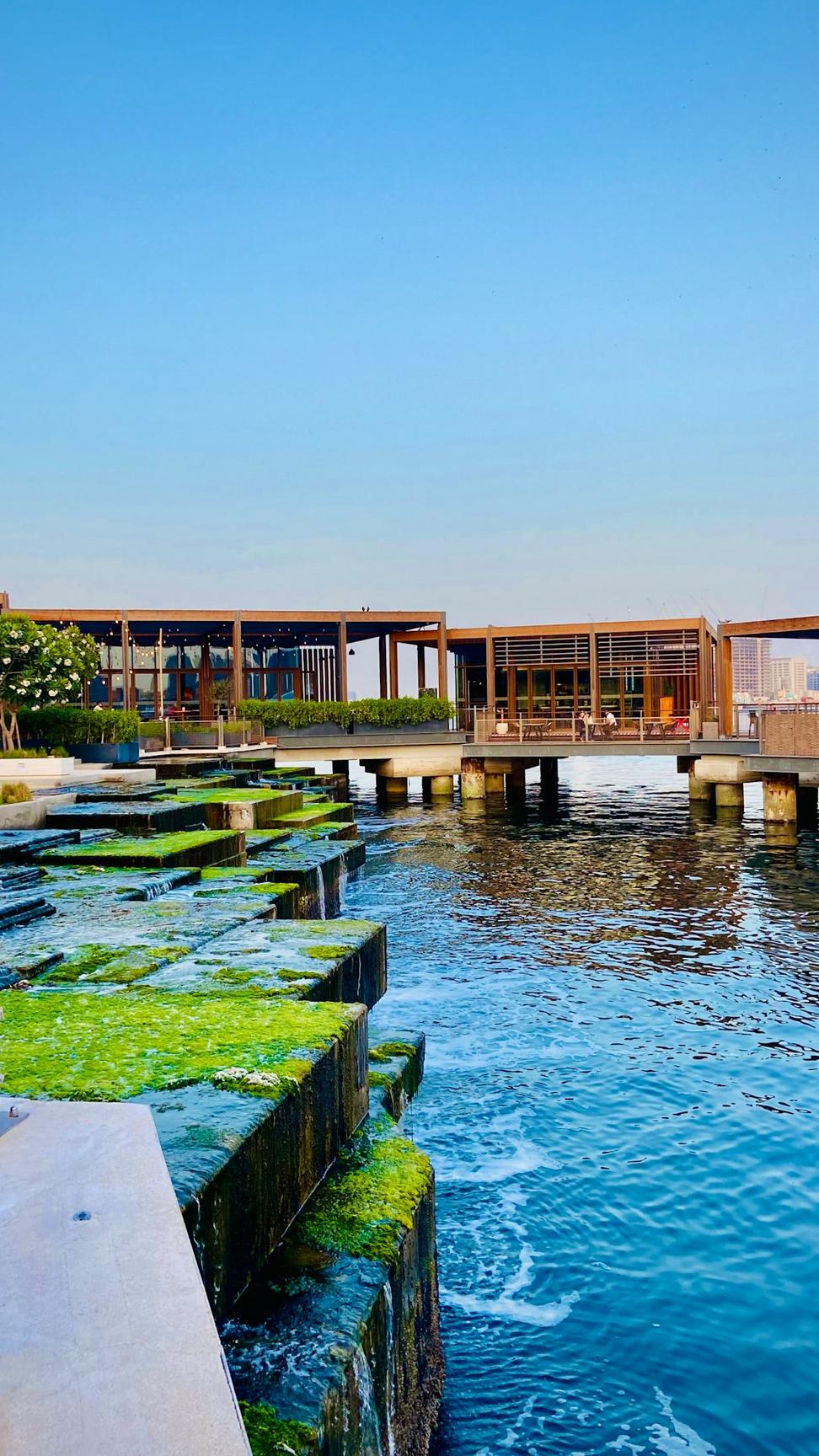
Building With Nature, Not Against It
Coastal projects demand respect - for the environment, the communities, and the future generations who'll inherit what we design today.

Coastal projects demand respect - for the environment, the communities, and the future generations who'll inherit what we design today.
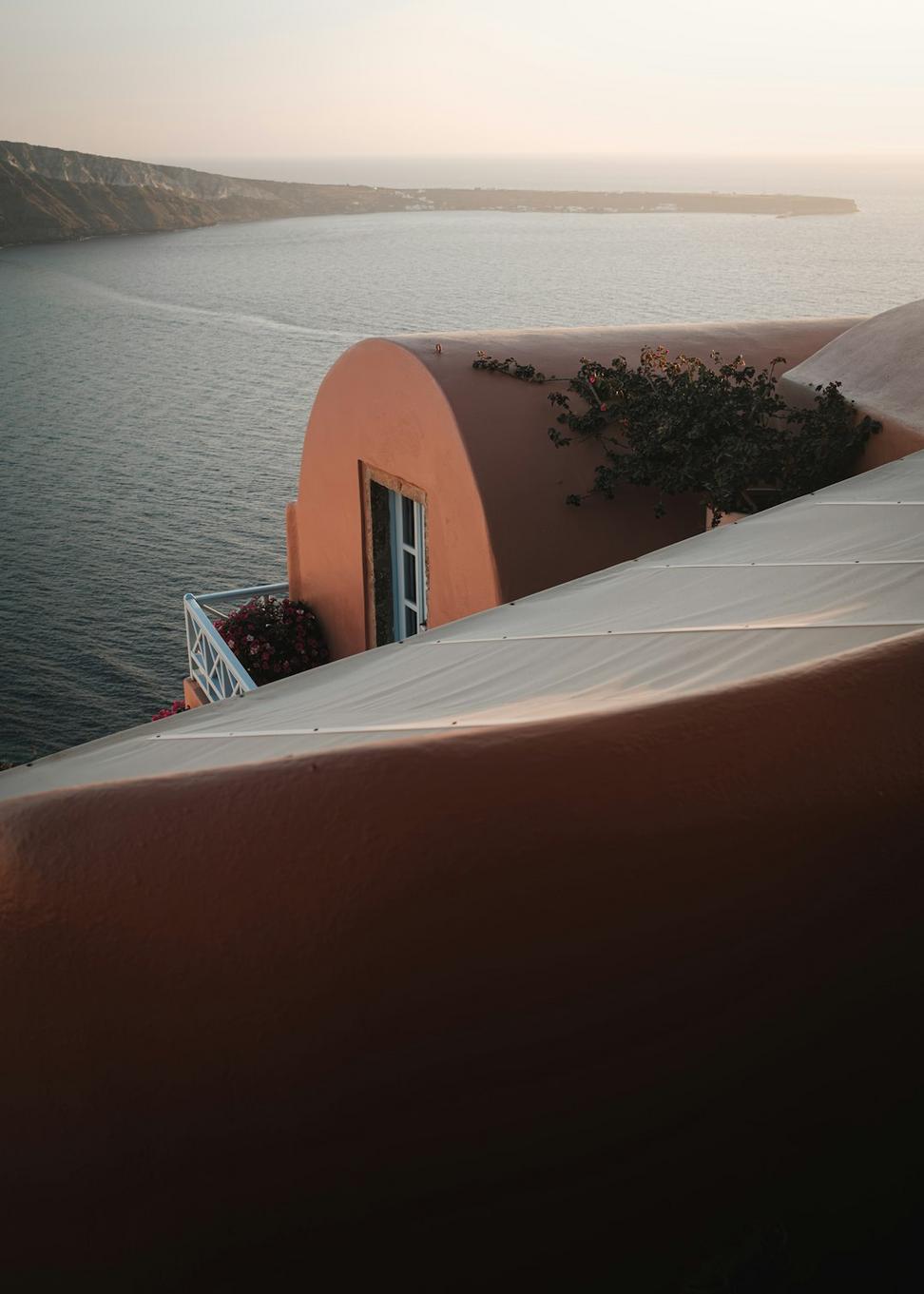
Look, I've been designing coastal buildings for over fifteen years now, and if there's one thing I've learned - the ocean doesn't negotiate. Rising sea levels, increased storm activity, temperature shifts... these aren't theoretical problems we can push off to future projects.
When you're building where land meets water, every decision ripples outward. That material choice? It affects local marine ecosystems. That foundation design? It changes tidal patterns. The energy systems you spec? They determine whether a building gives back or just takes.
We've shifted our entire practice philosophy around this reality. It's not about slapping some solar panels on a roof and calling it sustainable - though we do plenty of that too. It's deeper, messier, and honestly more interesting than conventional architecture.
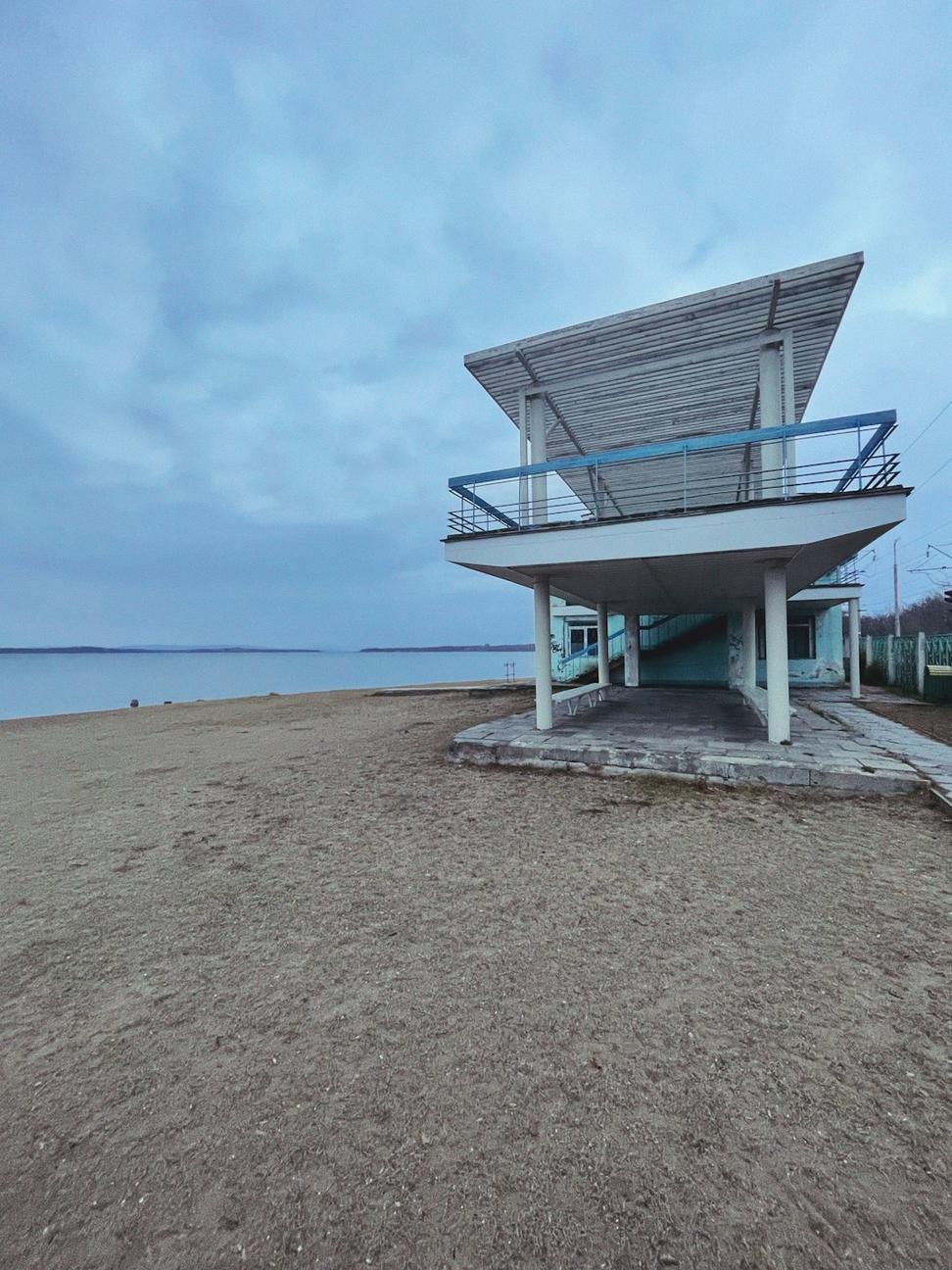
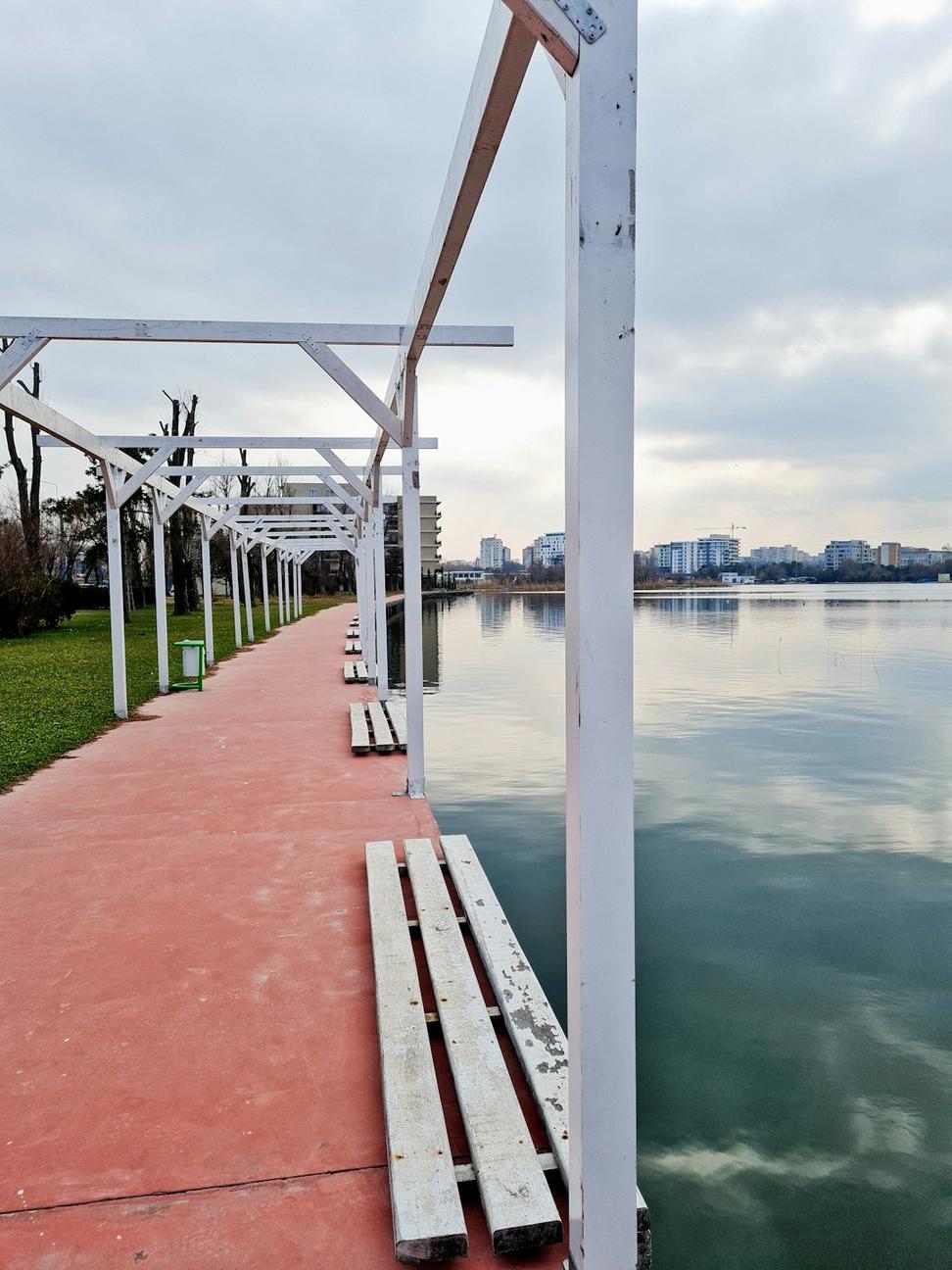
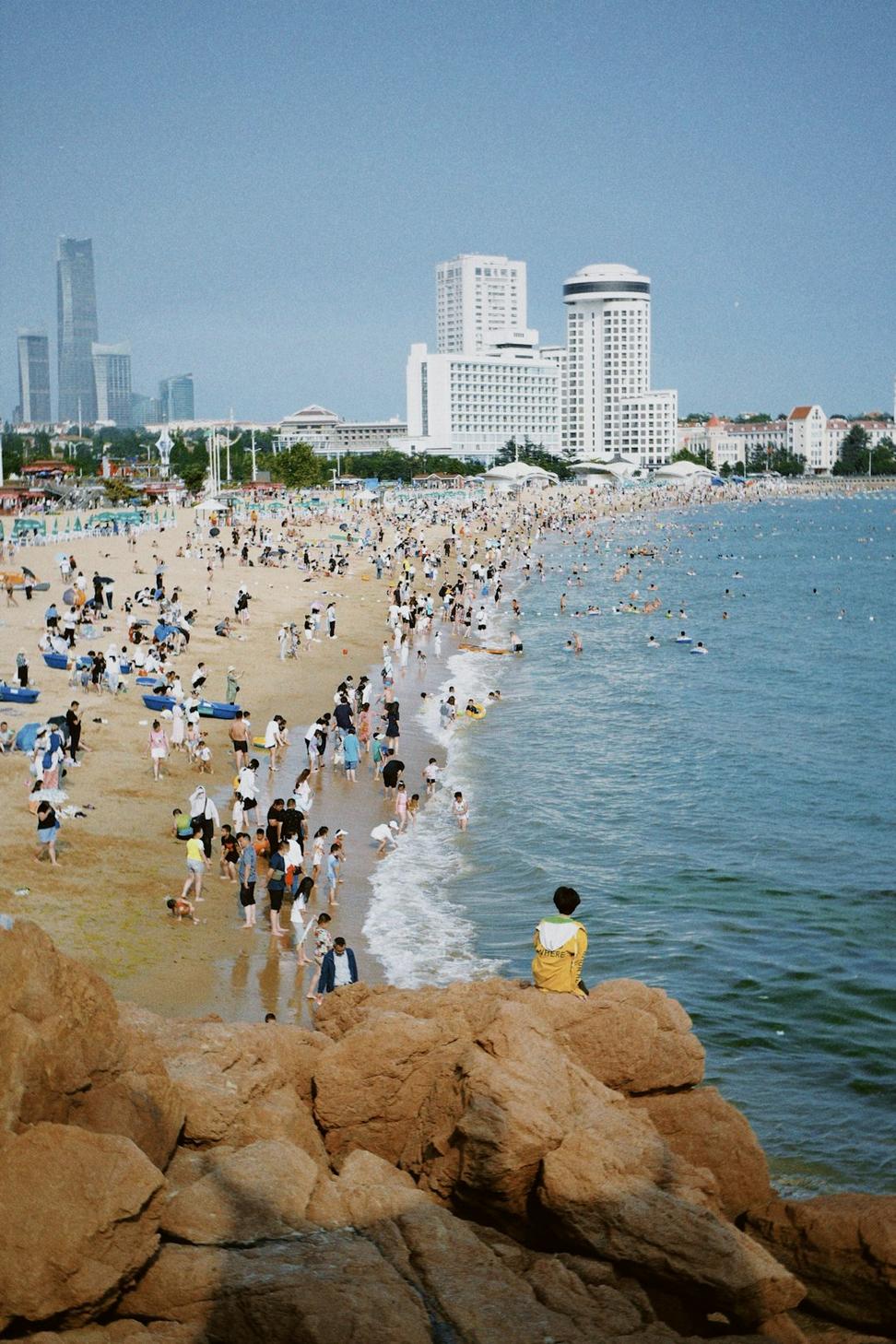
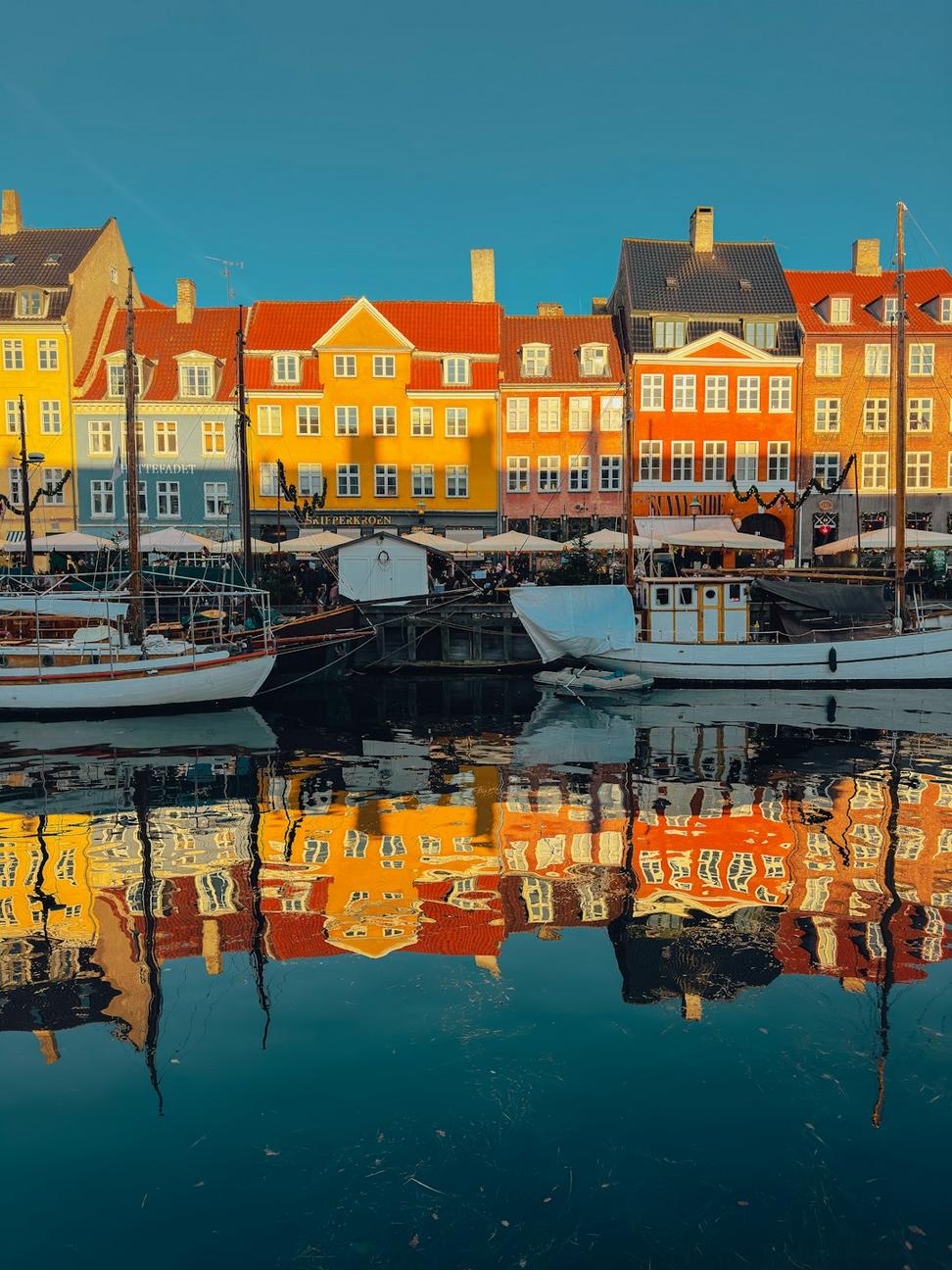

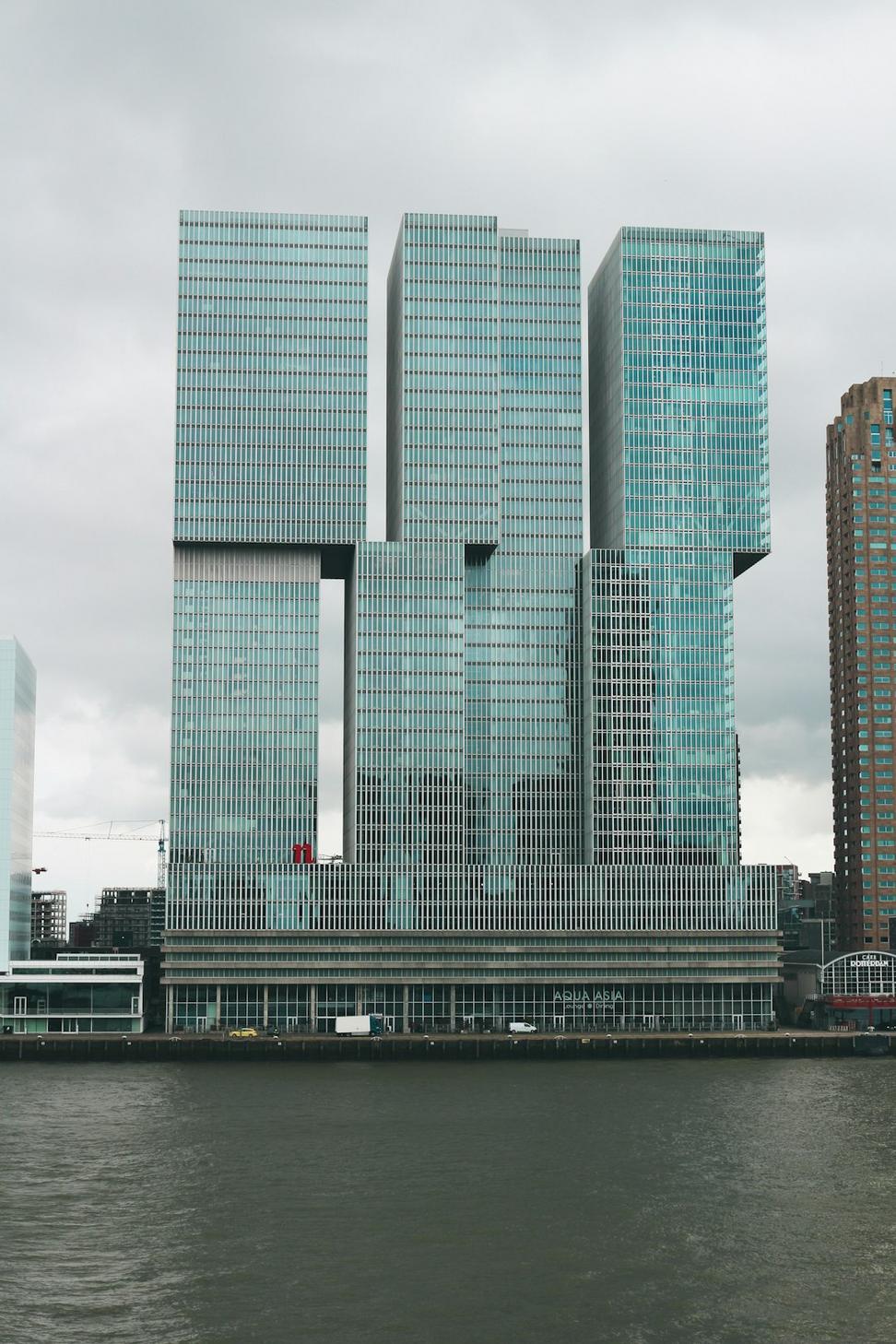

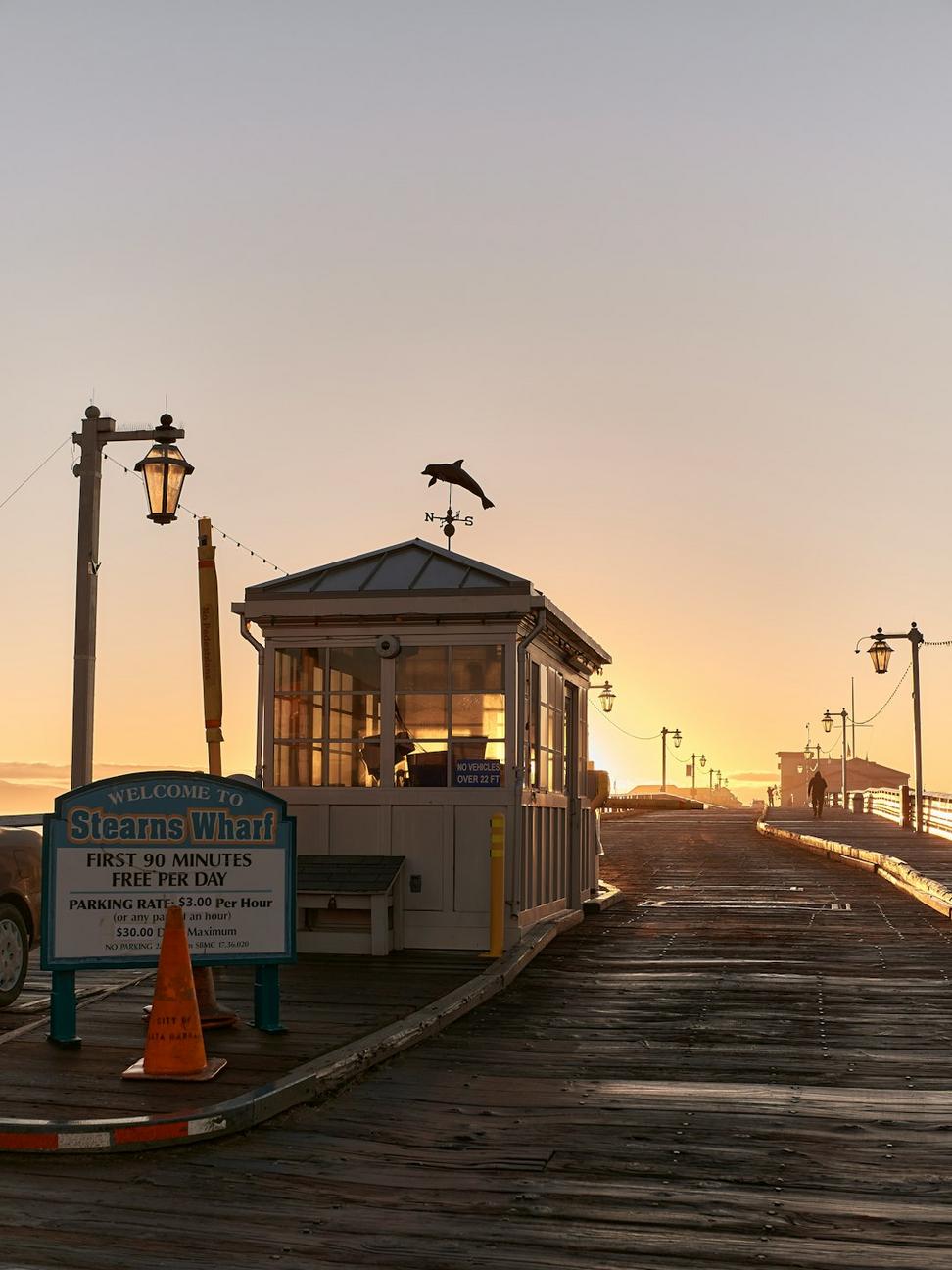
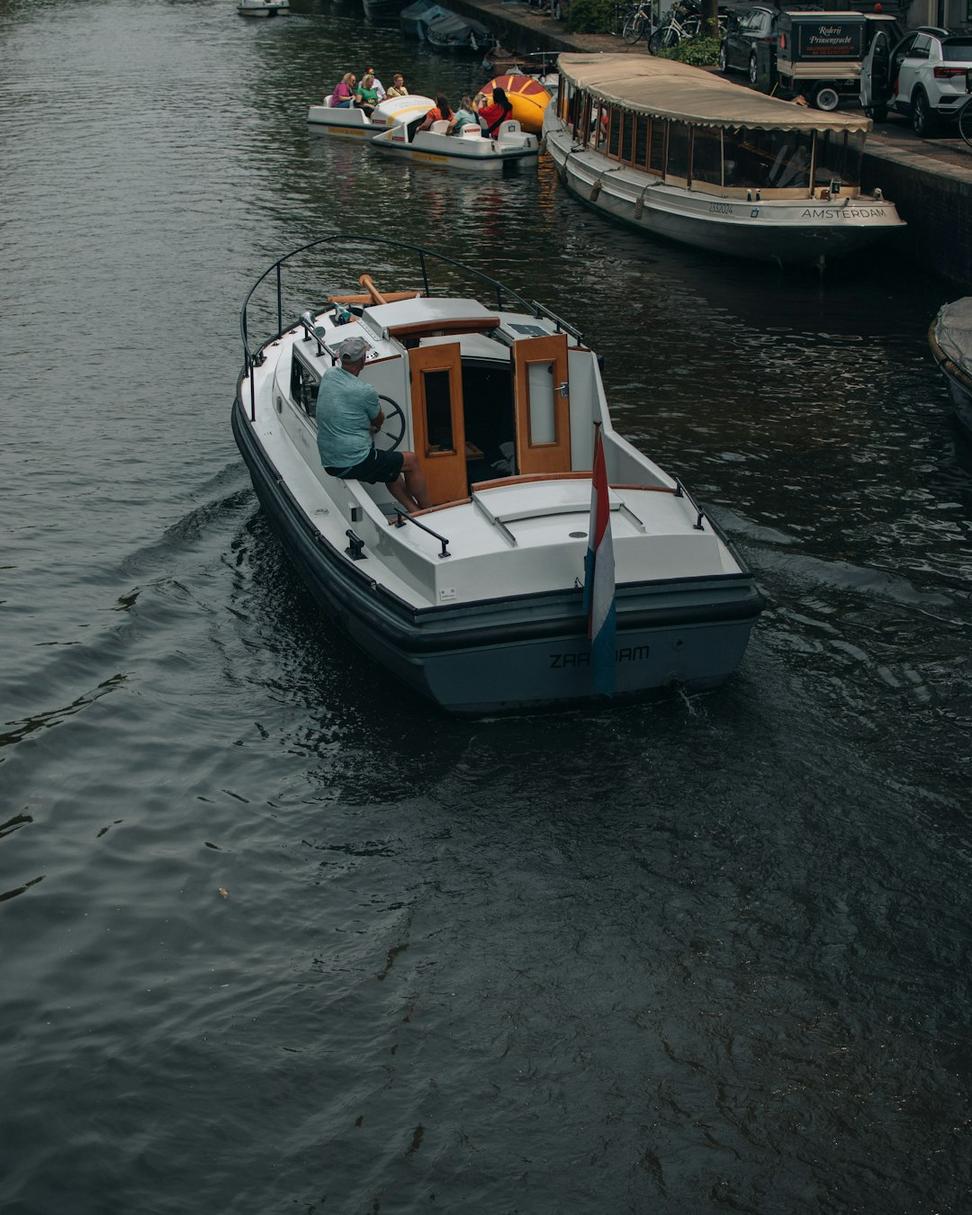
We don't use generic climate data anymore. Every site gets microclimate analysis - wind patterns, solar exposure, tide cycles, storm surge probability. Costs more upfront, saves headaches later.
That "sustainable" composite decking? Sometimes it's worse than pressure-treated lumber when you account for manufacturing and disposal. We run the actual numbers on embodied carbon, durability, and end-of-life scenarios.
Buildings affect their surroundings - so let's make that impact positive. We work with marine biologists to incorporate habitat features, from oyster reefs under docks to bird-safe glazing that doesn't kill migrating species.
We design for change - modular systems that can be upgraded, spaces that can be repurposed, structures that can handle future conditions we can't fully predict yet. Flexibility is sustainability.
Whether you're planning something new or trying to make an existing building better, we'd love to figure it out with you. Sustainable coastal design isn't one-size-fits-all - it's about finding what works for your specific site, budget, and goals.